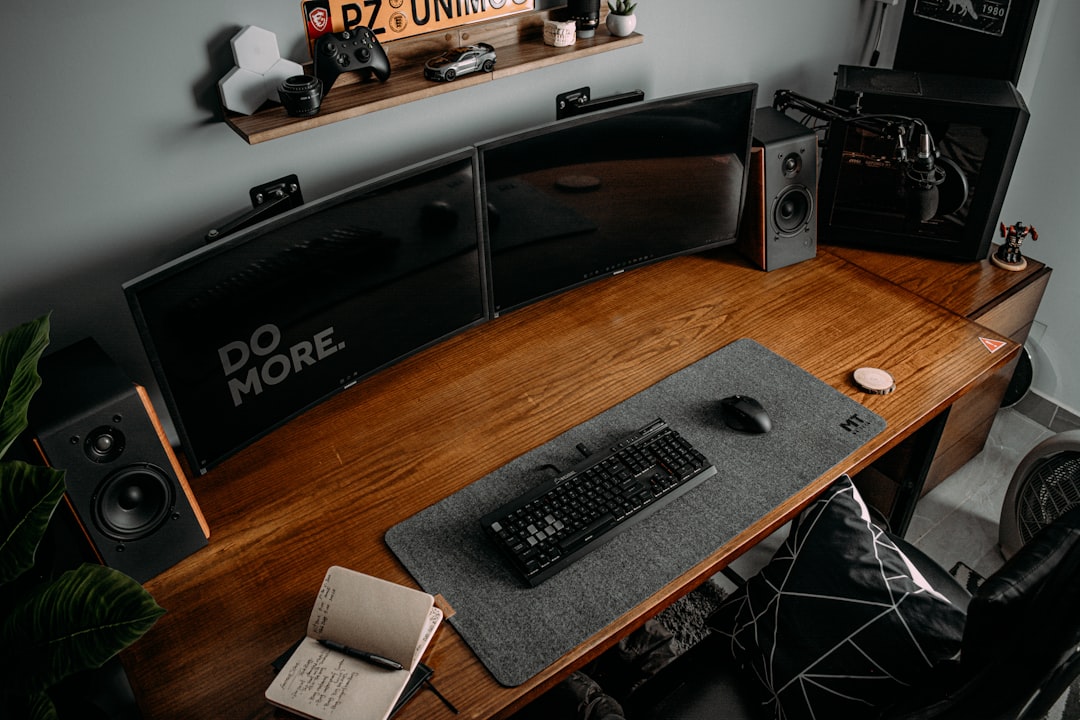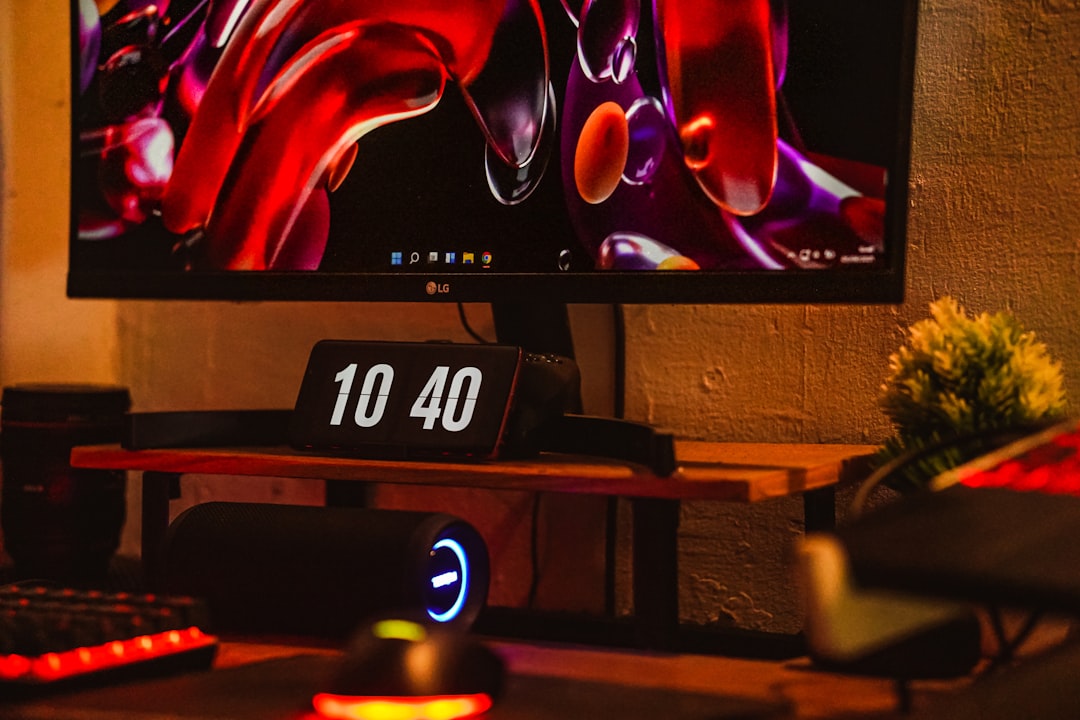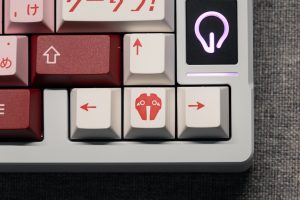
For PC gamers, getting the best possible performance and visual fidelity from their games often begins with optimizing the NVIDIA Control Panel. As of 2025, NVIDIA continues to dominate the discrete GPU market, offering advanced customization options that allow gamers to tweak settings for both quality and speed. With newer drivers and GPUs like the RTX 40 and 50 series delivering unprecedented power, it’s essential to ensure the control panel settings are tailored for gaming excellence.
Below is a guide to the most effective NVIDIA Control Panel settings in 2025, aimed at maximizing FPS without sacrificing too much visual quality. These tweaks are suitable for most modern GPUs and games.
1. Adjust Image Settings with Preview
Start by navigating to this section in the left sidebar of the NVIDIA Control Panel.
- Select “Use the advanced 3D image settings”.
- Click “Take me there” to open the full 3D settings.
- This will allow complete control over per-application and global settings.
2. Manage 3D Settings
This is where most performance gains can be made. Under the Global Settings tab, set the following:
- Image Scaling: On (Helps boost performance and is great with RTX features.)
- Anisotropic Filtering: Application-controlled (useful unless overriding for older titles)
- Antialiasing – FXAA: Off (Sharper images with in-game settings instead)
- Antialiasing – Gamma Correction: On
- Background Application Max Frame Rate: 20 (Reduces CPU/GPU use in background)
- Low Latency Mode: Ultra (Best for competitive gameplay)
- Max Frame Rate: Off (Unless limiting FPS to reduce screen tearing or temperature)
- Power Management Mode: Prefer maximum performance
- Shader Cache Size: Driver default
- Texture Filtering – Quality: High performance
- Threaded Optimization: On
- Vertical Sync (V-Sync): Off (Use G-Sync or FreeSync instead if available)

3. Configure Surround, PhysX
Ensure PhysX Processor is set to your dedicated GPU (usually labeled GeForce GTX/RTX). Avoid the ‘Auto-select’ setting, as it may default to CPU, resulting in additional latency.
4. Display Settings
Under the Change resolution section:
- Choose the native resolution and refresh rate for your monitor.
- Enable Highest (32-bit) color depth and output dynamic range at Full.
Also, check the Adjust desktop color settings to tweak brightness and digital vibrance for better in-game visuals. Many pros increase digital vibrance to around 70% for increased color contrast in competitive shooters.

5. G-SYNC Configuration
If your monitor supports NVIDIA G-SYNC or G-SYNC Compatible mode, make sure to:
- Enable for both windowed and full-screen mode.
- Ensure your monitor is connected via DisplayPort (not HDMI).
Bonus Tips for 2025 GPUs
Modern GPUs like the RTX 5090 or 4070 Super now feature built-in AI-enhanced frame generation (DLSS 3.5 and above). Make sure to enable these options within supported games, rather than forcing them through the control panel.
Also, regularly update your NVIDIA drivers via GeForce Experience to take advantage of the latest optimizations, especially with evolving game engines such as Unreal Engine 5.3.
Final Thoughts
Optimizing the NVIDIA Control Panel can make a noticeable difference in your daily gaming experience. Whether you’re chasing ultra-smooth fps in competitive esports titles or striving for cinematic visuals in story-rich AAA releases, configuring these settings appropriately ensures your hardware runs at its peak performance in 2025 and beyond.
FAQ
- Q: Does enabling Low Latency Mode affect battery life on laptops?
A: Yes, it can slightly reduce battery life since the GPU prioritizes quick rendering over power saving. - Q: Should I use NVIDIA Image Scaling over DLSS?
A: Use DLSS when it’s available, as it offers better image quality. NVIDIA Image Scaling is a good alternative for games without DLSS support. - Q: Is it safe to set Power Management Mode to maximum performance?
A: While it’s safe, it will increase power draw and may raise GPU temps. Good airflow and cooling are essential. - Q: Can I use these settings on older GPUs like GTX 1060?
A: Yes, although results will vary. Some features like DLSS are only available on RTX GPUs. - Q: How often should I revisit these settings?
A: Re-evaluate settings every few driver updates or when installing a new game or GPU.






